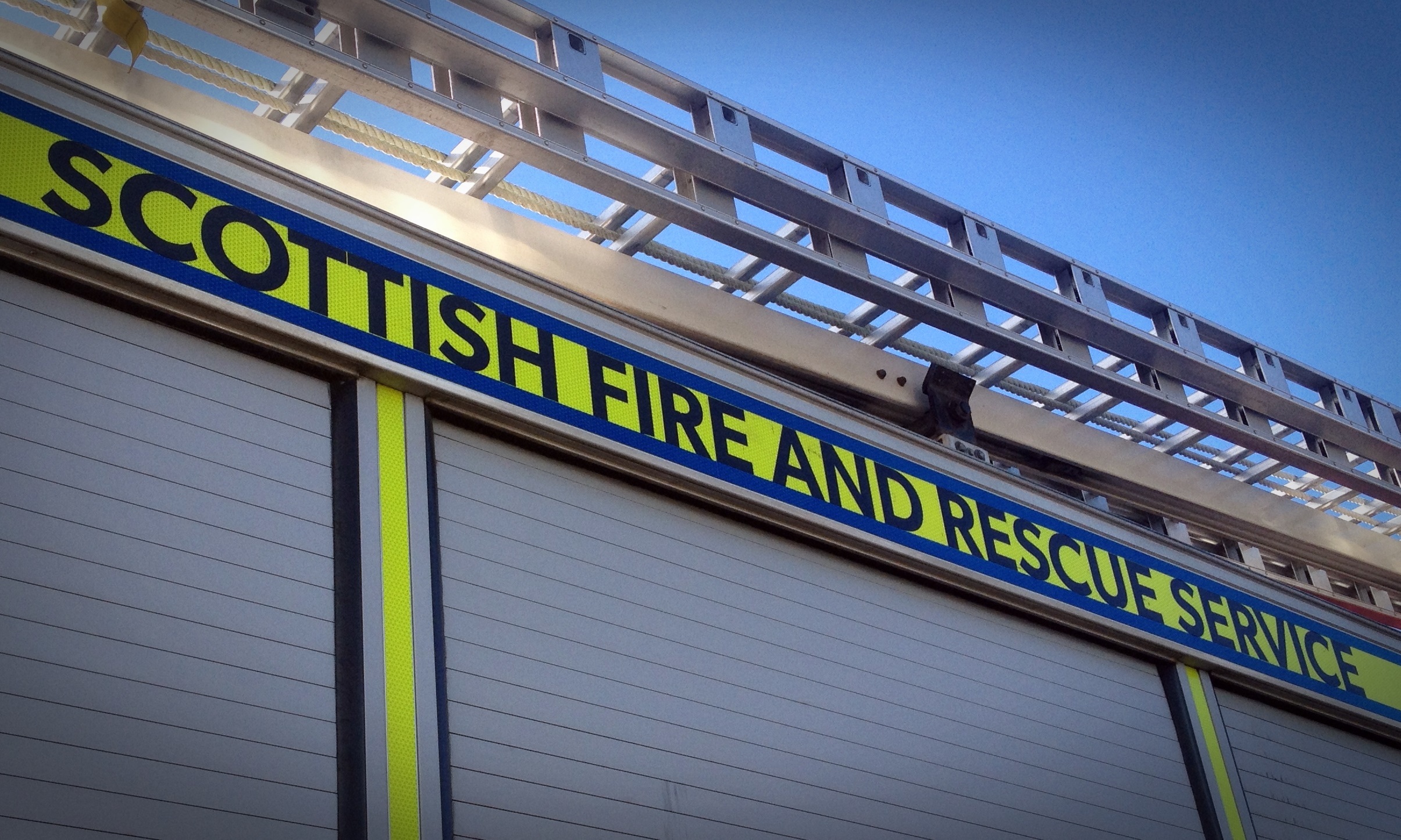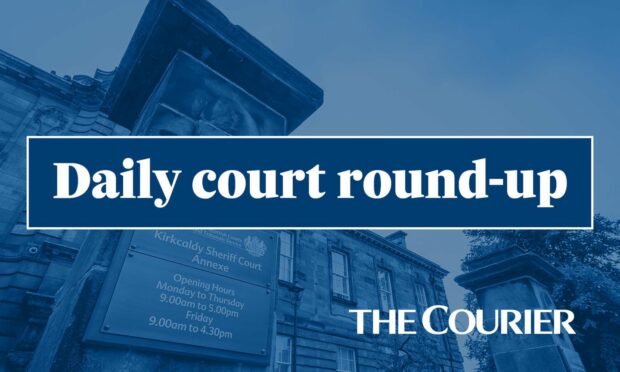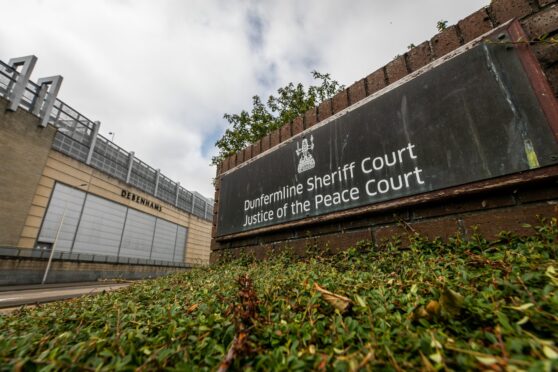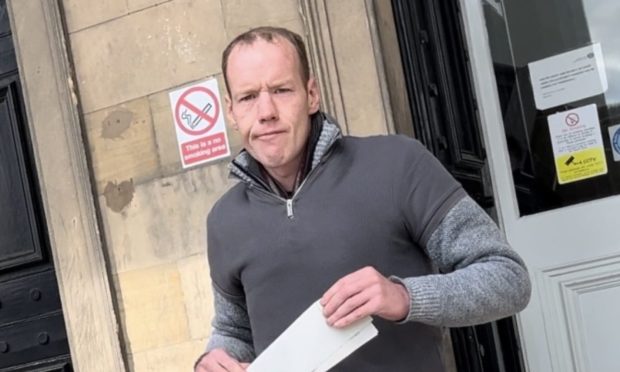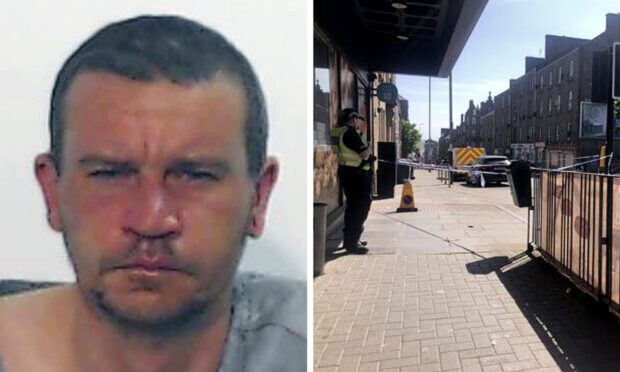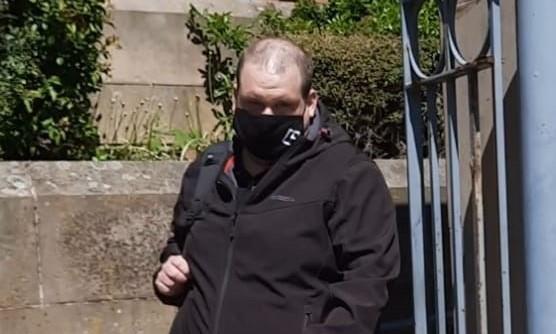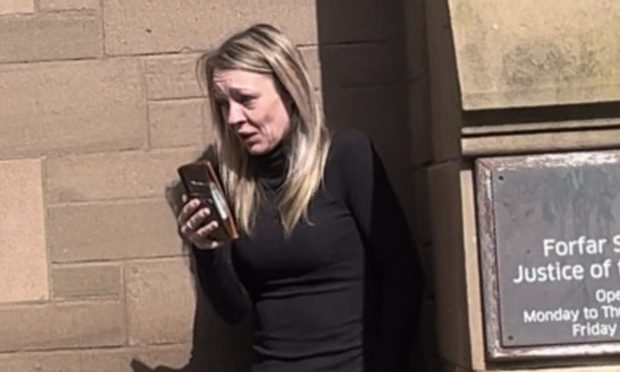A psychiatric patient set fire to his house because he feared a terrorist attack was imminent and wanted to alert the authorities.
Andrew McNaughton was pulled from the burning property by firefighters and immediately admitted to starting the blaze.
The 65-year-old later told psychiatrists that he could think of no other way to alert authorities to the danger as he feared his phone was tapped.
The damage to the house on Scone’s Perth Road, which is owned by Perth and Kinross Council, cost more than £15,000 to fix.
Solicitor David Holmes, defending, does not dispute that McNaughton set the property on fire but disputes whether he had the mental capacity to be held criminally liable.
Depute fiscal John Malpass read an agreed statement to the jury. He said: “At about 5.57pm on July 5 the accused called the 999 system and spoke with the BT operator. He stated: ‘I’m burning the house down’ and then cleared the line.”
Meanwhile a witness saw McNaughton’s curtains alight and when he attempted to enter the property was told to get out.
Nearby properties were evacuated while McNaughton was still refusing to leave the house and eventually three firefighters were able to grab him through the bathroom window.
The court heard from Dr Stephen Curran, a consultant psychiatrist with NHS Tayside.
Dr Curran said: “He gave me an explanation that he was concerned that a terrorist attack was imminent. He said there were Muslims he had seen in the area who were involved.
“He explained he did not want to phone anybody in case his phone was tapped. He concluded that the only way to get the attention of the authorities was to set fire to his property, which he proceeded to do.
“In my opinion Mr McNaughton has a serious mental disorder. He was diagnosed with schizophrenia in the early 1980s.”
McNaughton, who is currently an in-patient at Murray Royal Hospital, is accused of wilfully setting fire to the property whereby the fire took hold and damaged the kitchen and hallway of the property on July 5 last year.
The trial before Sheriff Lindsay Foulis continues.
